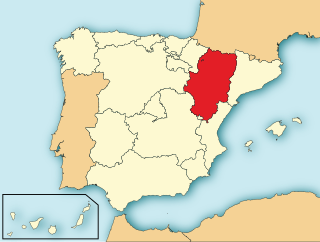Africa

The Ethiopian Empire, also known by the exonym "Abyssinia", or just simply Ethiopia was a kingdom that spanned a geographical area in the current states of Eritrea and Ethiopia. It began with the establishment of the Solomonic dynasty from approximately 1270 and lasted until 1974, when the ruling Solomonic dynasty was overthrown in a coup d'état by the Derg.
Yeshaq I or Isaac was Emperor of Ethiopia (1414–29). A member of the House of Solomon, he was the second son of Emperor Dawit I.
Andreyas was Emperor (1429–1430) of Abyssinia, and a member of the Solomonic dynasty. He was the oldest son of Yeshaq I. The British explorer James Bruce, who wrote one of the earliest European histories of Abyssinia, reports little more than Andreyas was buried with his father at the Tadbaba Maryam monastery.










